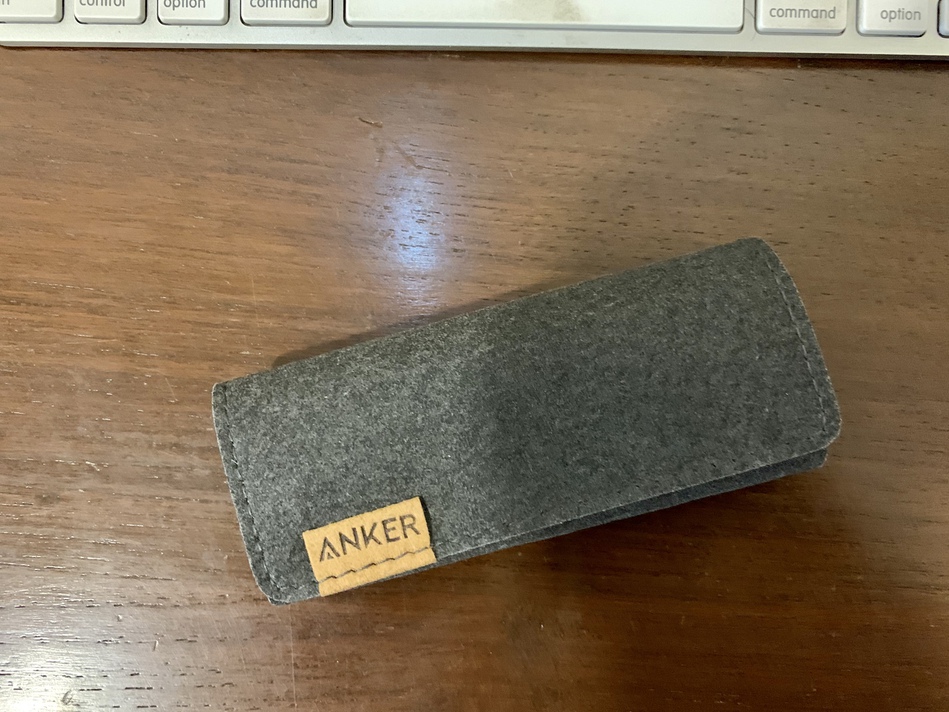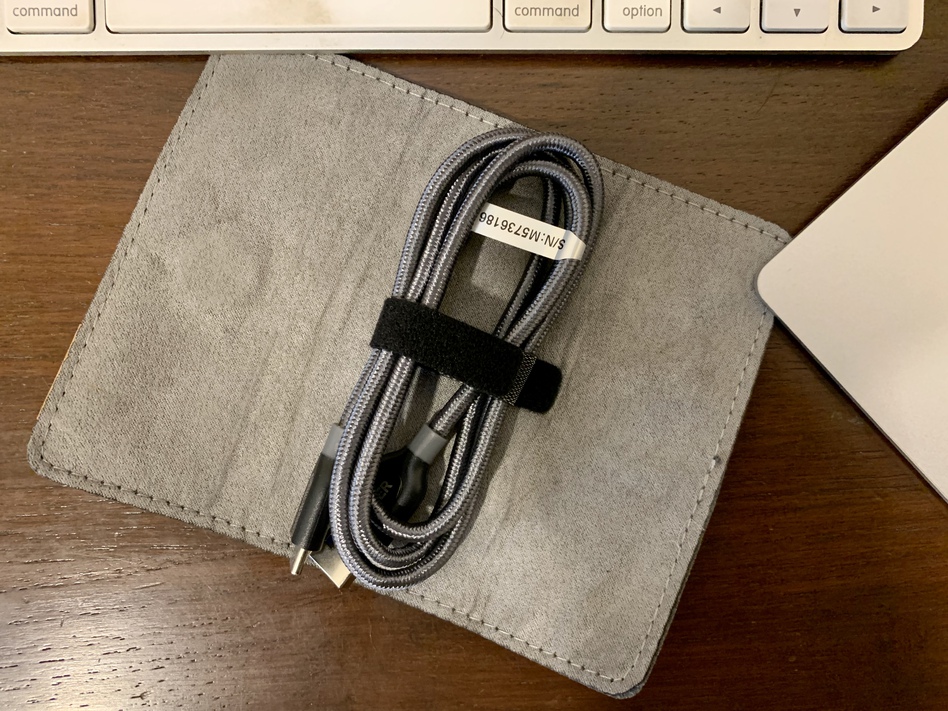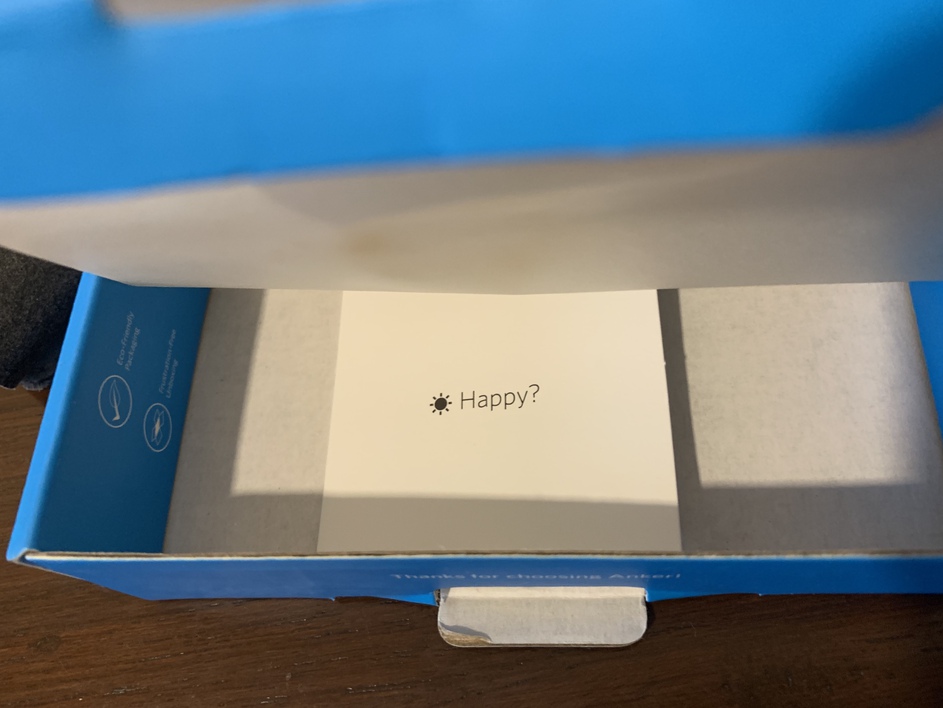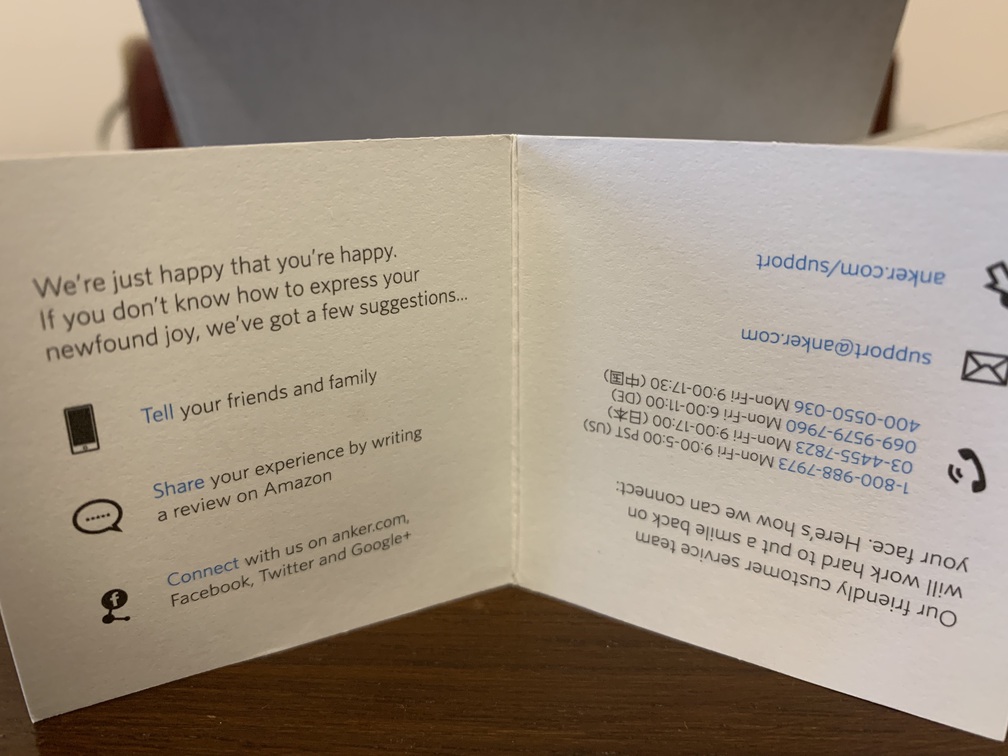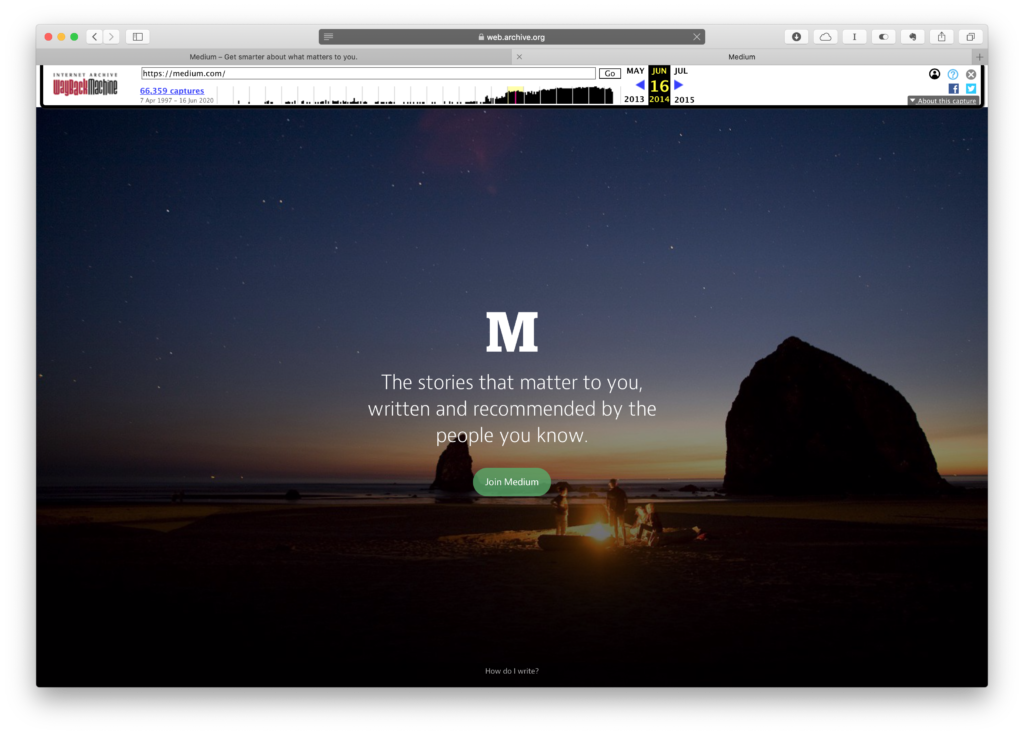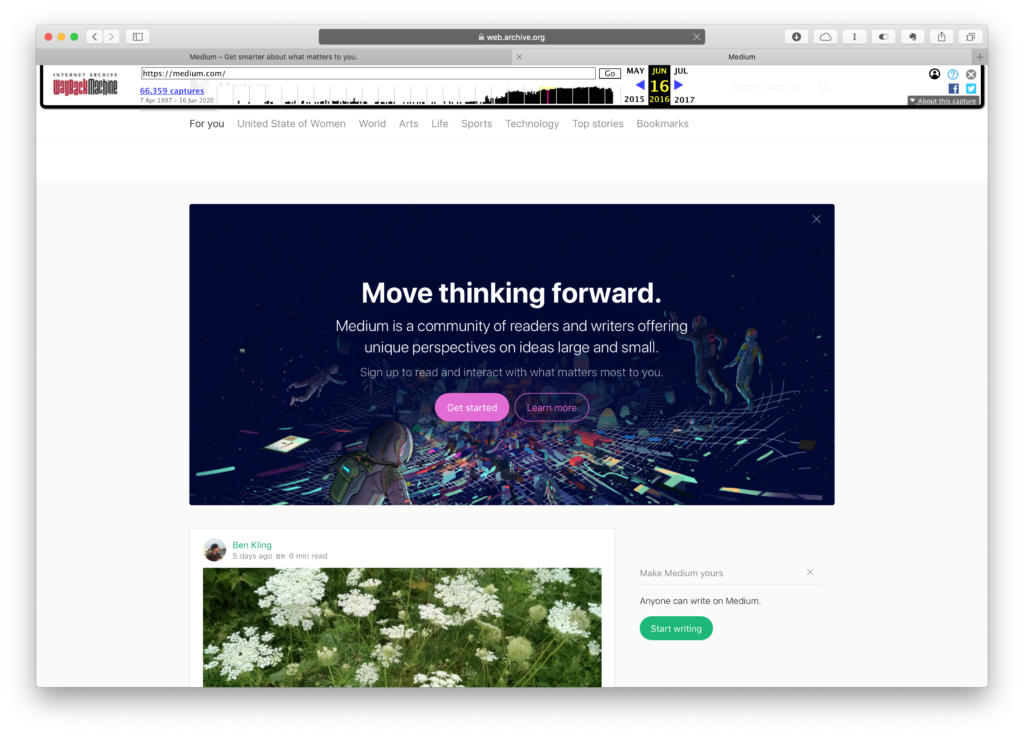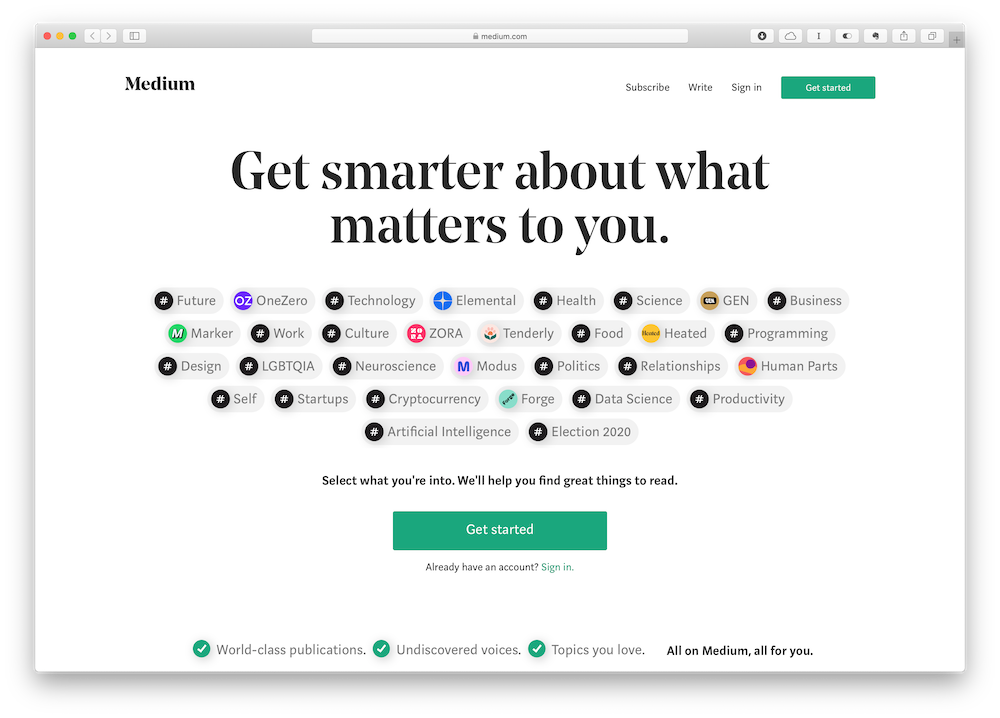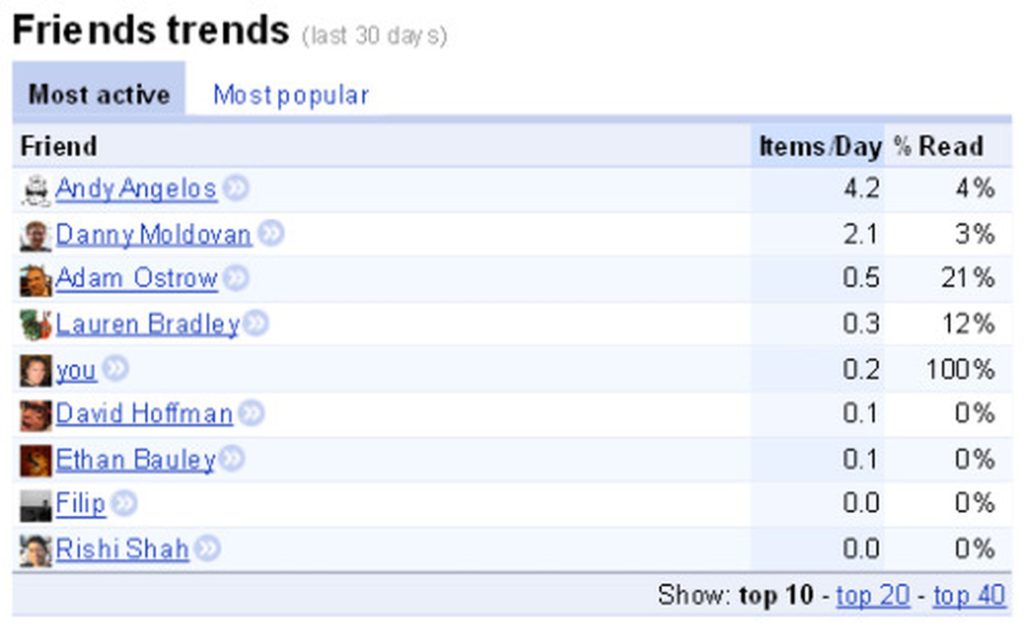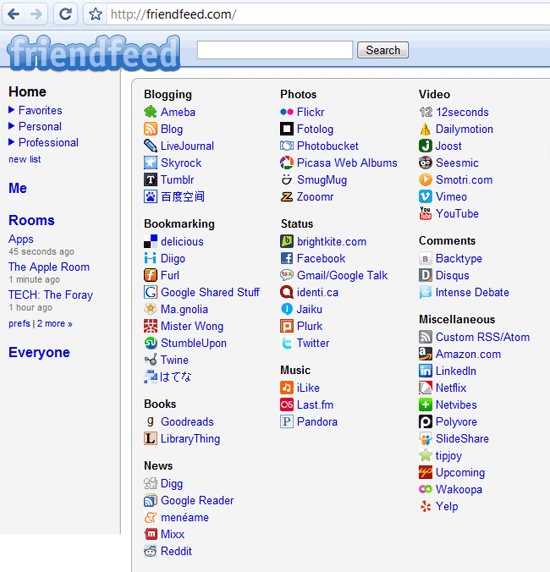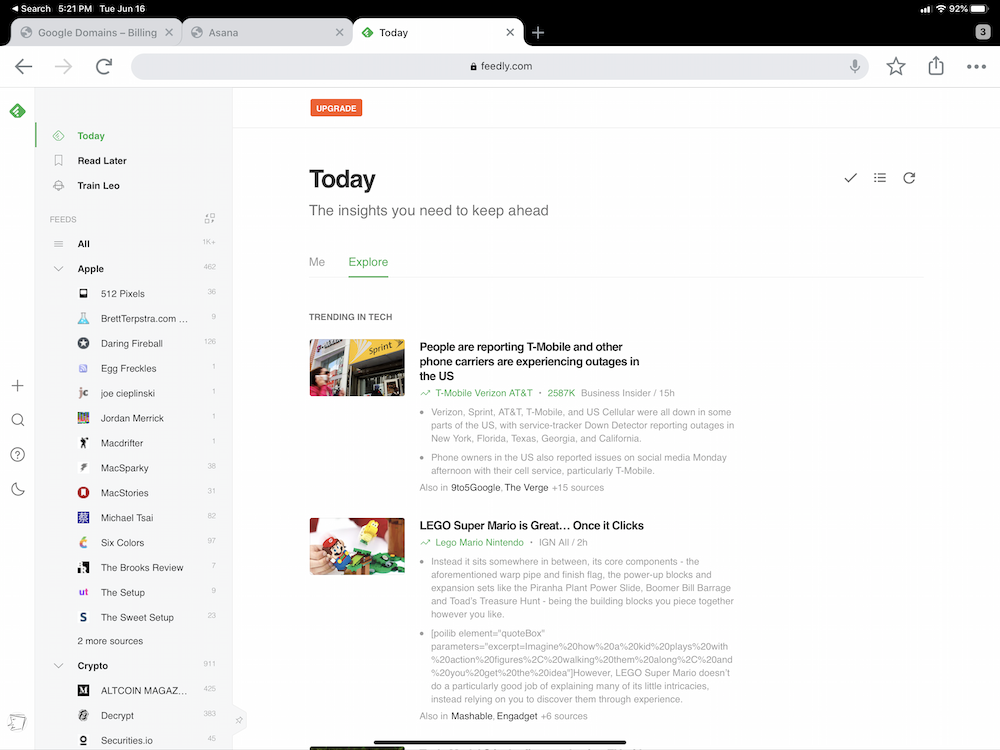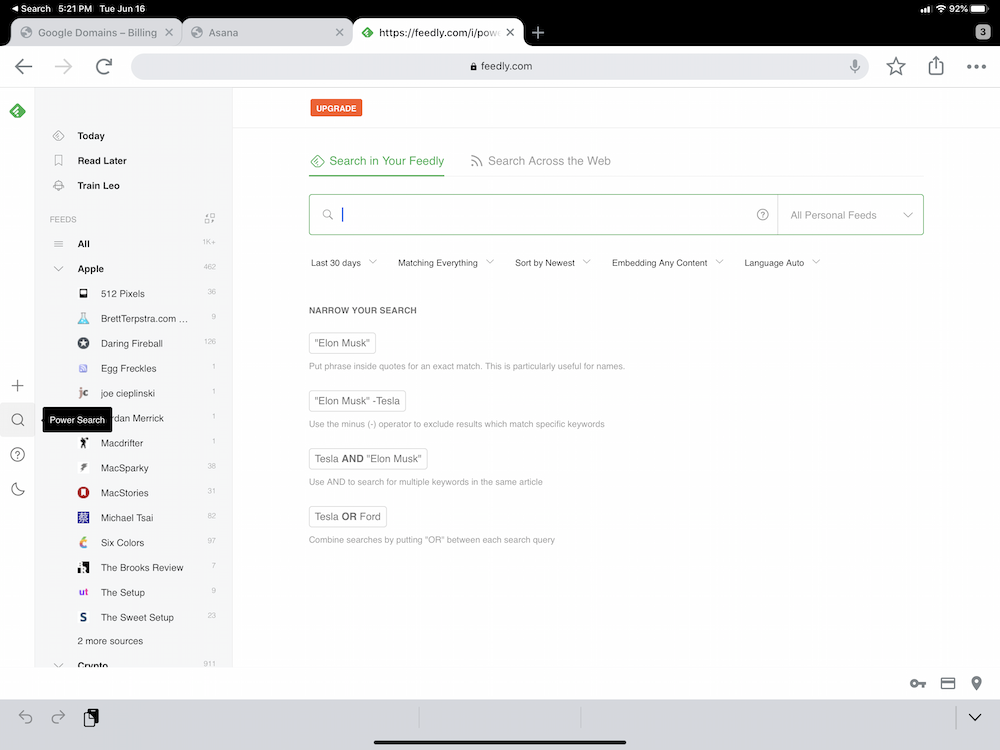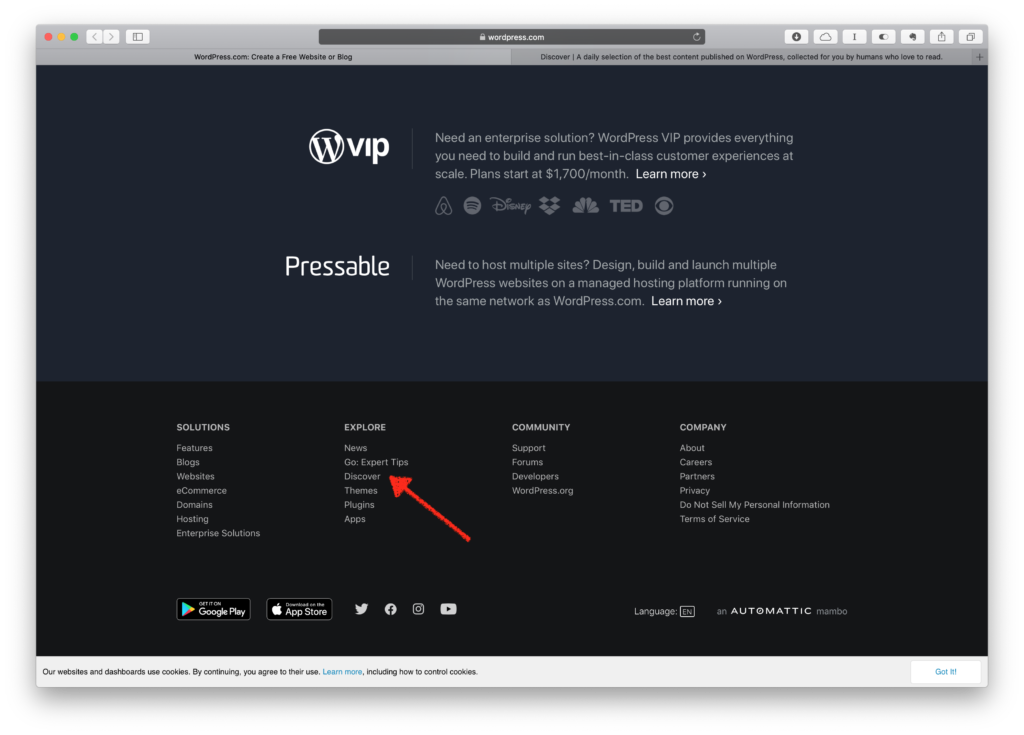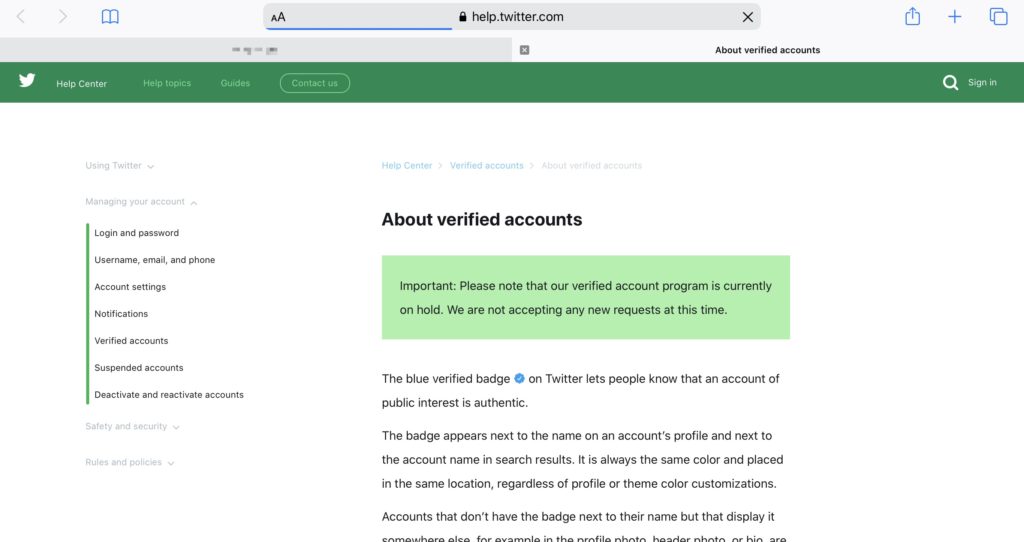This well-known 11-year-old essay from the investor Paul Graham advocates keeping your personal identity small because
More generally, you can have a fruitful discussion about a topic only if it doesn’t engage the identities of any of the participants. What makes politics and religion such minefields is that they engage so many people’s identities…
If people can’t think clearly about anything that has become part of their identity, then all other things being equal, the best plan is to let as few things into your identity as possible
This is even more true today with social media having become pervasive since then, and the media much more polarised and polarising. There are vastly more things beyond politics, sports, religion, automobiles (and, sadly, today, science) that you can unconsciously weave into your identity. Beyond even iOS and Android: your email app. Your Twitter client. Your method of brewing coffee. Your food delivery service. Even stocks: long Tesla or short Tesla? Or cryptocurrencies. A tech personality: Musk or Dorsey or Bezos or Ambani or Jack Ma. A viral Medium essay. Notion vs Roam Research.
Very nearly anything can become an identity war.
The hard part is cultivating being detached from these positions emotionally while thinking about and considering them rationally. It starts with being aware of when you begin identifying with something, as opposed to making a conscious decision to adopt or pay for or subscribe to it. That in turn starts with being conscious of the information flows you plug into, and building online networks deliberately.

